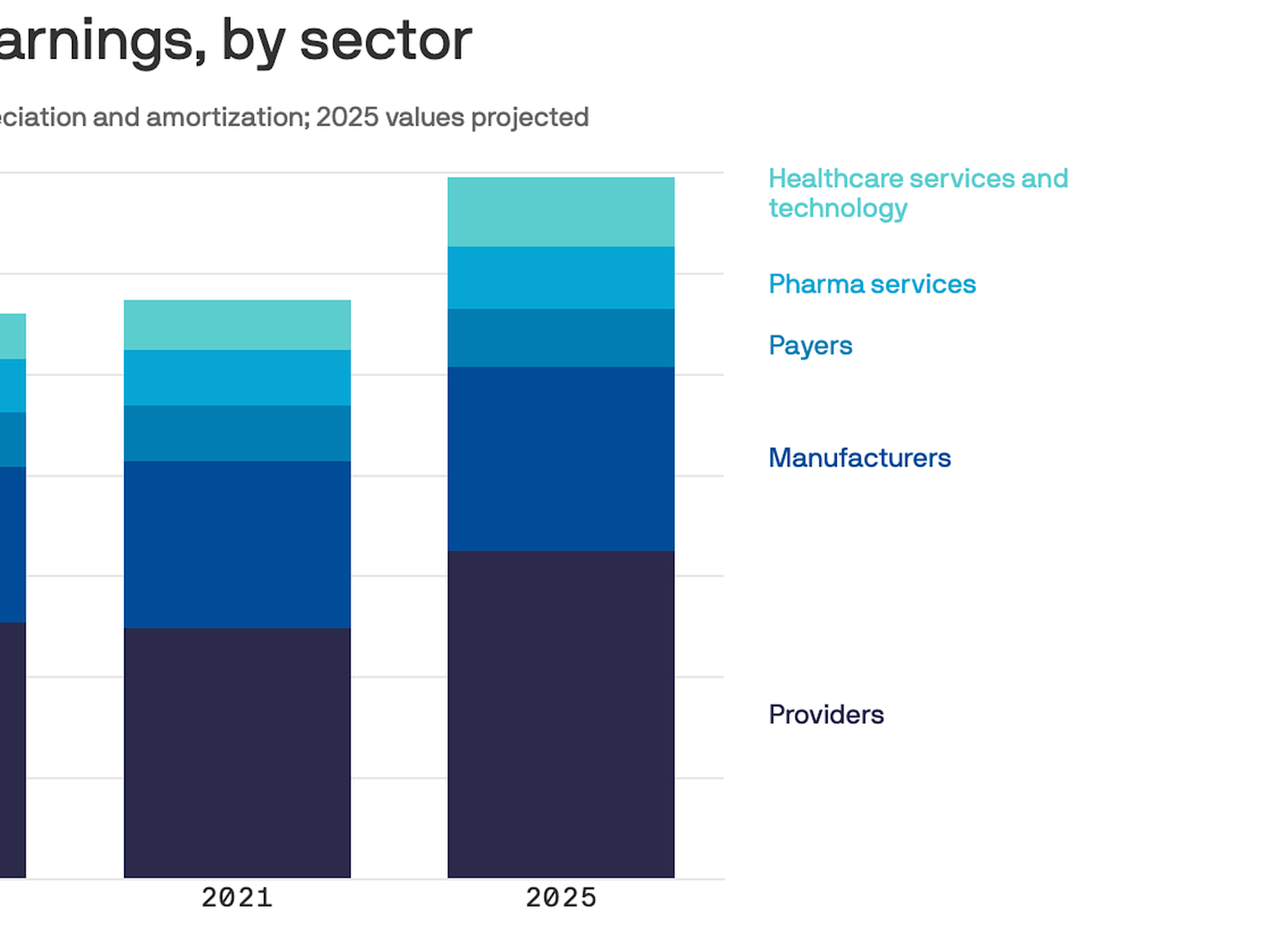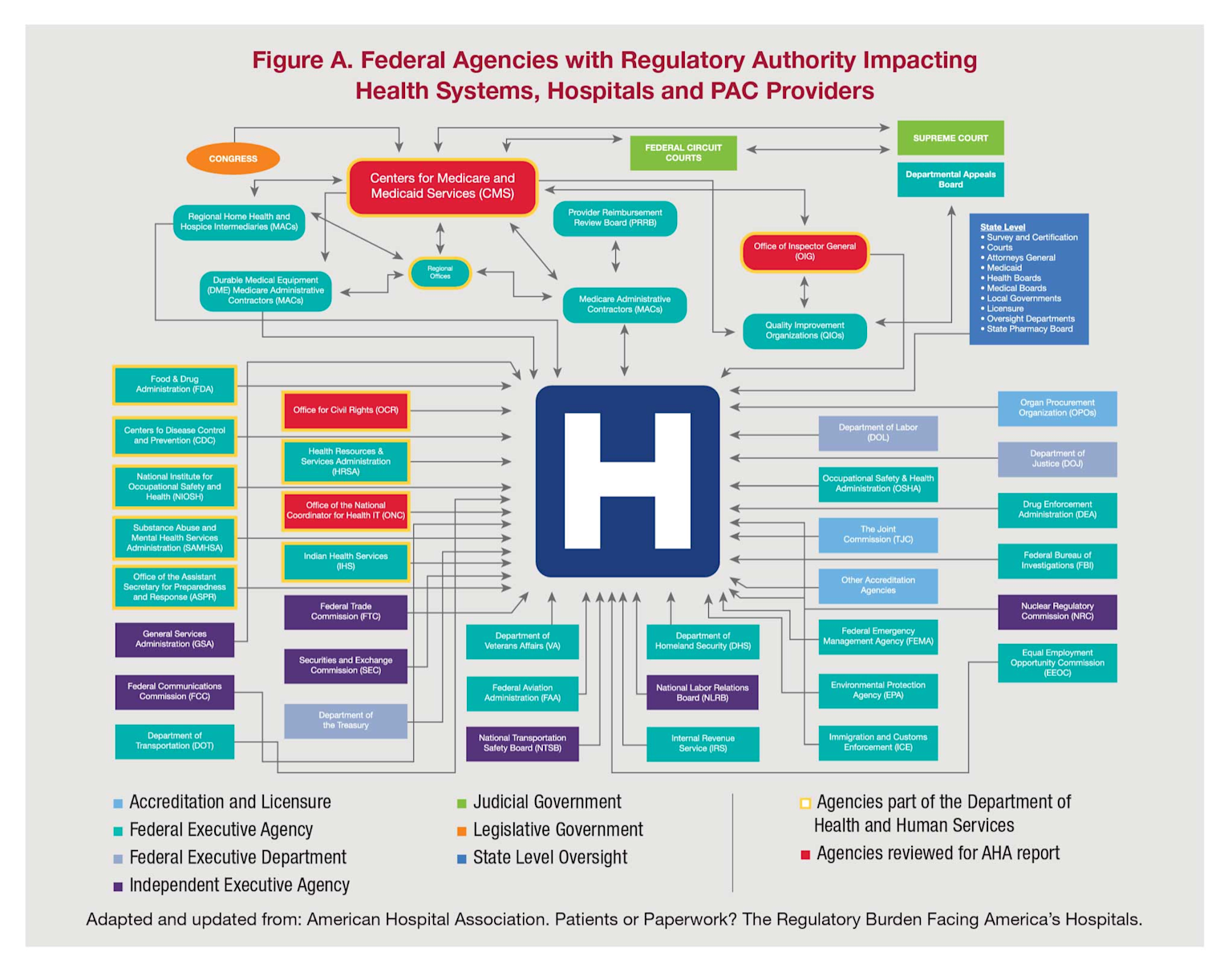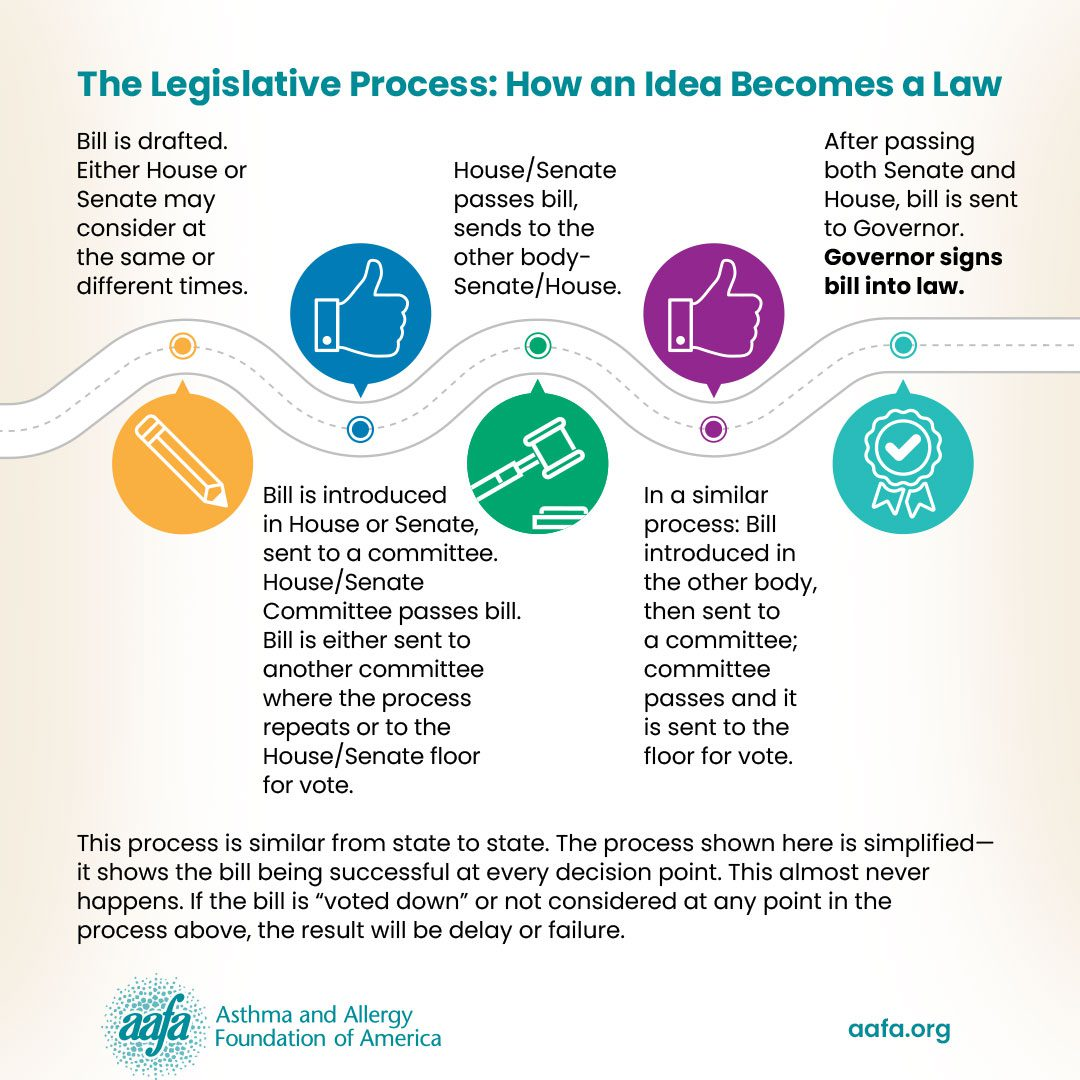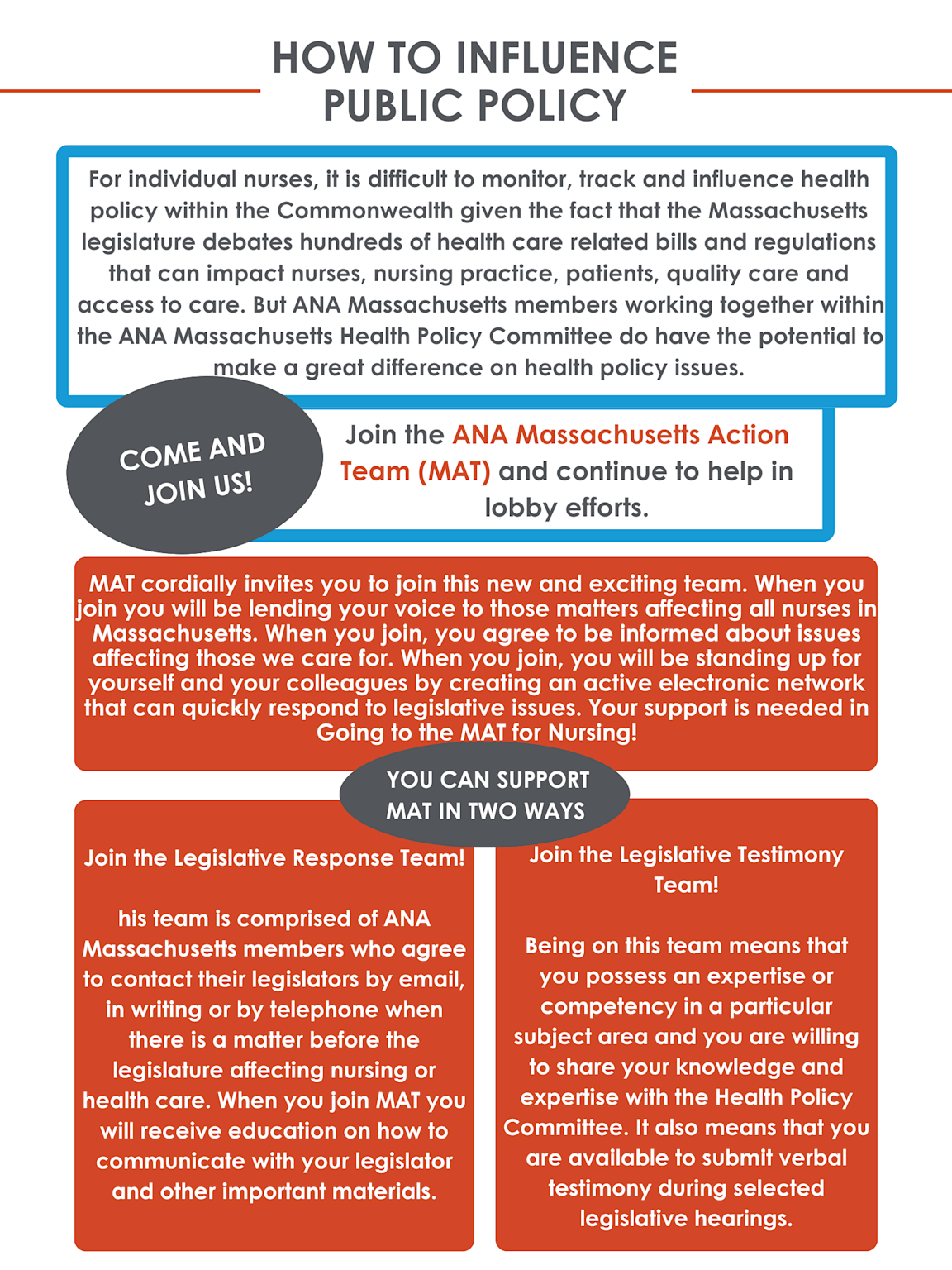The Transgender Industry: Financial Interests, Social Engineering, and the Future of Western Civilization
Executive Summary
Based on extensive research into the financial mechanisms, funding networks, and societal implications of transgender activism, this report examines the convergence of massive economic interests with broader social transformation objectives. The analysis reveals a sophisticated multi-layered strategy involving a $720 billion potential market, systematic demographic targeting, and coordinated cultural transformation efforts that extend far beyond individual medical decisions to encompass fundamental changes to Western civilization.
The transgender medical industry represents one of the most lucrative healthcare markets ever created, with projected growth from $4.93 billion in 2023 to $11.53 billion by 2032. Each transgender patient represents a lifetime revenue stream of approximately $450,000, creating powerful financial incentives for medical institutions, pharmaceutical companies, and device manufacturers. This is coupled with unprecedented levels of philanthropic funding, led by Jon Stryker’s Arcus Foundation, which has invested over $500 million globally in transgender activism.
The demographic implications are profound, with 70% of individuals now seeking gender transition being adolescent females—a complete reversal from historical patterns. This targeting of young women during peak reproductive years effectively removes them from the breeding population through medical sterilization, occurring against a backdrop of declining Western birth rates that have fallen below replacement levels across all European nations.

Financial Analysis of the Transgender Medical Industry: Market Projections, Patient Costs, and Global Funding Distribution (2023-2032)
The Medical-Industrial Complex: A $720 Billion Market Opportunity
Market Growth Projections and Financial Scale
The financial incentives driving transgender medical interventions represent unprecedented revenue opportunities within healthcare. Conservative market analysis projects the global sex reassignment surgery market alone will grow from $3.33 billion in 2023 to $8.96 billion by 2032, representing a compound annual growth rate of 11.64%. Combined with hormone therapy markets valued at $1.6 billion in 2023 and projected to reach $2.57 billion by 2030, the total addressable market exceeds $11 billion annually.
However, these figures dramatically understate the true market potential. Each transgender patient represents a lifetime revenue stream of approximately $450,000, including $300,000 for lifelong hormone treatments and $150,000 for surgical procedures. With 1.6 million Americans identifying as transgender and 65% seeking medical treatment, the current market value approaches $468 billion. The untapped market potential—should all transgender individuals pursue medical transition—exceeds $720 billion.

Projected health industry earnings by sector for 2021 and 2025 showing growth across providers, manufacturers, payers, pharma services, and healthcare technology
The healthcare industrial complex has recognized this market opportunity, with major healthcare corporations generating increasingly substantial revenues from specialized gender services. Industry analysis shows the dramatic expansion of healthcare profits across all sectors, with providers, manufacturers, and pharmaceutical services all experiencing significant growth in recent years.
The Jon Stryker Connection: Medical Device Conflicts of Interest
The most direct financial conflict of interest emerges through Jon Stryker, heir to the Stryker Corporation medical device fortune worth $5.3 billion. Stryker Corporation generated over $20 billion in revenue in 2023, primarily from surgical supplies, medical devices, and surgical equipment that are essential for gender transition procedures. Through his Arcus Foundation, Stryker has invested over $500 million promoting transgender activism globally, creating demand for the very medical procedures his family fortune derives from.

Modern GSK pharmaceutical company headquarters building shown from outside on a clear day
This represents a clear conflict of interest where the primary funder of transgender activism stands to benefit directly from increased demand for surgical procedures requiring medical devices, surgical equipment, and ongoing medical management. Stryker Corporation’s product lines include orthopedic implants, surgical instruments, and medical devices that are integral to gender transition surgeries. The pharmaceutical industry headquarters and research facilities represent the institutional infrastructure supporting this expanding market.
Pharmaceutical Industry Revenue Streams
Pharmaceutical companies generate substantial profits from transgender hormone therapies and puberty blockers. Major players include AbbVie, Endo International, Pfizer, and Novartis, which manufacture testosterone and estrogen products used in gender transition. Hormone therapies require lifelong administration, creating permanent customer relationships and recurring revenue streams.

Pharmaceutical vials of testosterone, progesterone, and estradiol labeled by Balanced Hormone Health for hormone therapy
Puberty blockers alone cost $2,410 annually per patient, creating decade-long revenue streams from children. The off-label use of these medications for gender dysphoria—despite FDA approval only for precocious puberty and prostate cancer—allows pharmaceutical companies to expand markets without additional regulatory oversight. Standard hormone therapy products include testosterone cypionate, estradiol cypionate, and progesterone formulations that require ongoing prescription management and monitoring.

Prescription pill vial from Bayview Pharmacy containing capsules, illustrating typical pharmaceutical packaging for hormone therapy medications
Healthcare System Profits and Surgical Incentives
Major hospital systems have established specialized gender clinics that generate significant revenue streams from transgender medical services. Healthcare institutions like Cedars Sinai, Mount Sinai Health System, and University of Michigan have recognized the substantial profit potential, with some systems reporting revenues exceeding $100,000 per individual patient over the course of treatment.

A clinical consultation involving a transgender youth at a gender clinic, highlighting supportive healthcare engagement
Surgeons receive compensation based on “relative value units” that incentivize complex, high-revenue procedures. The experimental nature of many gender transition surgeries, combined with high complication rates, creates additional revenue streams through revision surgeries, ongoing medical management, and treatment of side effects. Studies indicate that surgical complications and the need for revision procedures are common, creating ongoing revenue opportunities for healthcare providers. Clinical settings for youth gender services have become increasingly common, with specialized pediatric facilities expanding their gender-affirming care programs.

Exterior view of Connecticut Children’s medical facility, a center providing pediatric healthcare services
Global Funding Networks and Strategic Coordination
The Complex Web of Financial Interests
The transgender industry operates through a sophisticated network of funding relationships that connect philanthropic donors, advocacy organizations, and ultimate financial beneficiaries in the medical-industrial complex. This network demonstrates how strategic funding creates advocacy that generates demand for profitable medical interventions.

Transgender Industry Funding Network: Money Flow from Philanthropists to Medical-Industrial Beneficiaries
The funding architecture reveals multiple layers of financial relationships, with primary funders like the Arcus Foundation channeling resources through intermediary advocacy organizations, legal groups, and academic institutions that ultimately benefit pharmaceutical companies, medical device manufacturers, and healthcare systems. This creates a self-reinforcing system where increased funding generates more activism, which creates more demand for services, generating more revenue for reinvestment in advocacy.
Arcus Foundation’s Global Influence
The Arcus Foundation, established by Jon Stryker in 2000, has emerged as the primary driver of global transgender activism funding. With over $500 million invested in LGBTQ+ causes globally, the foundation operates through a sophisticated network of intermediary organizations and advocacy groups.
Analysis of Arcus funding reveals strategic targeting of key institutions including religious organizations, educational institutions, media companies, and legal advocacy groups. The foundation has provided funding to organizations across multiple continents, creating coordinated international campaigns for transgender rights and gender ideology implementation.
The foundation’s approach includes “forced teaming” strategies where transgender issues are coupled with other social justice causes, creating broader coalitions supporting gender ideology implementation. This includes funding to racial justice organizations, immigration advocacy groups, and other progressive causes that then incorporate transgender messaging into their work.
Population Control Through Medical Sterilization
Demographic Targeting and Historical Pattern Reversal
The demographic implications of transgender medical interventions represent a dramatic shift in population targeting that coincides with broader patterns of Western demographic decline. Historical analysis reveals a complete reversal in the demographics of individuals seeking gender transition, moving from predominantly adult males to overwhelmingly adolescent females.

Demographic Impact Analysis: Gender Transition Targeting, Sterilization Effects, and Population Replacement Patterns
This demographic transformation is particularly concerning when viewed against the backdrop of declining Western fertility rates and the systematic targeting of young women during their peak reproductive years. The sterilization effects of medical transition procedures effectively remove these individuals from the breeding population at the precise moment when Western nations are experiencing below-replacement birth rates.
European Fertility Crisis and Population Replacement
Western European nations are experiencing an unprecedented demographic crisis, with fertility rates falling well below replacement levels across all countries. The most recent data shows fertility rates ranging from 1.19 in Spain to 1.84 in France, all substantially below the 2.1 replacement level required for population stability.
The demographic crisis extends beyond simple birth rate decline to encompass broader patterns of population stagnation and decline. Many European countries reached their current 2021 population levels decades or even centuries ago, indicating long-term demographic stagnation. This creates conditions requiring mass immigration for economic sustainability, fundamentally altering the ethnic and cultural composition of European nations.
The Targeting of Young Females and Fertility Impact
The dramatic increase in female-to-male transitions appears strategically designed to impact future birth rates during a period when Western fertility is already in crisis. Recent data shows that 70% of individuals seeking gender transition are now adolescent females, representing a complete reversal from historical patterns where adult males predominated.
Cross-sex hormones and surgical procedures render patients permanently infertile, creating what amounts to voluntary sterilization programs disguised as healthcare. The targeting of adolescent females during their peak reproductive years removes them from the breeding population precisely when Western birth rates have collapsed below replacement levels.
Social Engineering and Cultural Transformation
Historical Timeline of Coordinated Transformation
The implementation of transgender ideology demonstrates systematic coordination across multiple countries and institutions over the past two decades. The timeline reveals synchronized policy development, funding increases, and demographic targeting that suggests coordinated rather than organic development.

Timeline of Demographic Decline and Transgender Policy Expansion: Key Developments 2000-2025
The correlation between declining Western birth rates, increasing transgender identification among youth, and rising advocacy funding demonstrates the systematic nature of these developments. Major policy milestones, including legislative changes allowing self-identification and medical protocols for children, have been implemented with remarkable consistency across different national contexts despite varying healthcare systems and cultural backgrounds.
Educational Indoctrination and Generational Conflict
Gender ideology implementation in schools creates deliberate generational conflict between parents holding traditional values and children indoctrinated with progressive gender theory. This strategy fosters family breakdown by positioning parents as obstacles to children’s “authentic” identities, encouraging rejection of parental guidance and family relationships.
The systematic introduction of gender ideology into educational curricula, often without parental knowledge or consent, represents a form of ideological capture that undermines parental authority and family cohesion. Studies indicate that children from intact nuclear families consistently demonstrate better outcomes across all measures of wellbeing, including academic performance, mental health, and behavioral indicators.
Legislative and Regulatory Capture
The implementation of transgender ideology has required systematic capture of legislative and regulatory institutions to override traditional healthcare safeguards and parental rights. The complex network of federal agencies with regulatory authority over healthcare demonstrates how policy coordination occurs across multiple institutional levels.

Federal agencies and their regulatory roles impacting healthcare systems and hospitals, visually organized by government branch and agency type

Infographic illustrating the step-by-step legislative process of how a bill becomes law with icons and color-coded stages
The legislative process has been systematically manipulated to advance transgender ideology through both direct legislation and regulatory interpretation.

A legislative chamber filled with policymakers and officials during a formal government session, illustrating the setting for healthcare regulatory discussions
Government hearings and policy development sessions have become venues for implementing predetermined objectives rather than genuine evaluation of evidence and public welfare considerations.

Infographic explaining how ANA Massachusetts nurses can influence health policy by joining advocacy teams and supporting legislative efforts. No visual data charts or images included
Evidence-Based Analysis of Medical Interventions
Puberty Blockers: Risks and Limited Evidence
Research indicates significant concerns about the safety and efficacy of puberty blockers when used for gender dysphoria. Studies show that puberty blockers do not improve mental health outcomes and may cause serious side effects including impacts on bone density, growth, and neurological development. The Cass Review concluded that the evidence base for puberty blockers was “remarkably weak” and operating on “shaky foundations”.
Recent analysis of puberty blocker studies found that 34% of children experienced deteriorated mental health, while 29% improved, contradicting claims of clear benefits. Long-term effects remain unknown, as no comprehensive longitudinal studies exist for the use of these medications in gender dysphoria treatment.
The UK’s decision to ban puberty blockers for under-18s followed extensive review of the evidence, with subsequent implementation showing serious adverse effects on young people, including increased depression, anxiety, self-harm, and suicide ideation. Side effects of puberty blockers include bone health impacts, growth suppression, and potential cognitive effects, with risks increasing with prolonged use.
Healthcare Industry Financial Incentives
The healthcare industry has demonstrated remarkable growth in profitability, with major corporations showing consistent increases in shareholder payouts, mergers and acquisitions, and revenue expansion.
This financial growth coincides with the expansion of specialized gender services and the normalization of lifelong medical interventions for transgender patients.
Healthcare merger and acquisition activity demonstrates the industry’s recognition of profit opportunities in specialized medical services, with major healthcare intermediaries investing billions in expanding their service portfolios. The consolidation creates larger systems capable of implementing coordinated approaches to gender medicine while maximizing revenue potential from high-value procedures and ongoing treatment protocols.
Long-Term Strategic Objectives and Civilizational Impact
Demographic Transformation and Population Replacement
The ultimate objectives extend far beyond transgender rights to encompass fundamental transformation of Western civilization through demographic manipulation. The systematic targeting of young women for sterilization procedures occurs precisely when Western birth rates have collapsed below replacement levels across all developed nations.
European fertility rates are projected to continue declining, with Western Europe falling from 1.53 children per woman in 2021 to 1.37 by 2100. This demographic collapse necessitates mass immigration for economic sustainability, creating conditions for population replacement and cultural transformation. The depopulation patterns across Europe show that many countries reached their current population levels decades or centuries ago, indicating long-term demographic decline that accelerated during the period of transgender activism expansion.
Economic Dependency and Social Control
The creation of permanent medical patients generates ongoing revenue streams while establishing political constituencies with vested interests in maintaining transgender programs. Medical transition patients require lifelong hormone treatments and ongoing surgical maintenance, creating both economic dependency and political loyalty to the systems providing these services.
This model creates expanding healthcare bureaucracies, professional activist classes, and administrative systems that become self-perpetuating through economic incentives. The result is institutional capture where organizations become dependent on maintaining transgender programming regardless of outcomes or evidence.
The broader pattern includes expansion of government authority over family decisions, medical choices, educational content, and religious practice, centralizing power in state institutions while atomizing traditional sources of social authority.
Resistance and Counter-Strategies
Growing Public Awareness and Opposition
Growing public awareness of the financial interests and ideological objectives behind transgender activism has generated increasing resistance across multiple countries. The UK’s Cass Review and subsequent restrictions on puberty blockers represent institutional recognition of the inadequate evidence base for current practices.
European countries including Sweden, Finland, and Norway have implemented restrictions on transgender medical interventions for minors, citing inadequate evidence and concerns about harm. These policy reversals suggest that the scientific consensus supporting aggressive medical intervention is not as robust as claimed by advocacy organizations.
Public opinion polling shows growing skepticism about transgender ideology, particularly regarding children’s access to medical interventions and biological males in female spaces. This suggests that the social engineering objectives may face increasing resistance as public awareness of the underlying agenda grows.
Legal Intimidation and Opposition Suppression
The systematic suppression of critics and opposing viewpoints has become a key strategy for maintaining transgender ideology dominance. The Graham Linehan case exemplifies this approach, where the creator of popular British comedy shows faced arrest by five armed officers for social media posts questioning transgender ideology.
Linehan’s arrest for posts suggesting that biological males should not access female-only spaces demonstrates the extent to which legal systems have been weaponized against critics. The deployment of armed officers for social media commentary reveals the priority placed on suppressing opposition to transgender activism, even as serious crimes go uninvestigated.
Academic censorship operates through deplatforming researchers, banning contradictory studies, and defunding research that challenges transgender ideology. The elimination of contrary viewpoints becomes essential when the entire edifice depends on preventing examination of underlying motivations and financial interests.
Conclusions and Recommendations for Investigators
The transgender industry represents a convergence of massive financial interests, population control objectives, and social engineering goals that constitute one of the most comprehensive transformation projects in human history. The evidence reveals systematic coordination between wealthy philanthropists with direct financial interests in medical interventions, pharmaceutical companies seeking lifetime customers, and ideological organizations pursuing fundamental social transformation.
For content creators and investigators, this represents a story of unprecedented institutional capture serving convergent financial, ideological, and strategic objectives. The evidence trail leads to some of the world’s wealthiest foundations, most profitable medical markets, and most ambitious social engineering projects, with consequences extending far beyond individual medical decisions to encompass the future of Western civilization itself.
The scale of resources deployed, the sophistication of coordination mechanisms, and the ruthless suppression of opposition indicate institutional rather than grassroots organization. When comedy writers face terrorist-level arrests for questioning these programs, when research contradicting transgender ideology is systematically suppressed, and when parents lose authority over their children’s medical decisions, the magnitude of interests at stake becomes apparent.
The demographic implications—particularly the sterilization of young women during peak reproductive years—achieve population control objectives that traditional eugenics programs could never accomplish through voluntary compliance. The broader cultural transformation objectives align with documented strategies for revolutionary change through destruction of traditional institutions and social structures.
Resistance requires understanding the full scope of interests involved and the long-term objectives being pursued. The Graham Linehan arrest serves as a warning of what awaits those who threaten this system. When billions in profit and civilizational transformation are at stake, no opposition will be tolerated—regardless of the democratic principles supposedly governing these societies.
The evidence presented demonstrates that transgender activism represents not merely a civil rights movement, but a sophisticated multi-billion dollar industry serving convergent financial and ideological interests with the objective of fundamentally transforming Western civilization. Recognition of this reality is essential for understanding the true nature of current cultural and political conflicts and the stakes involved in their resolution.

